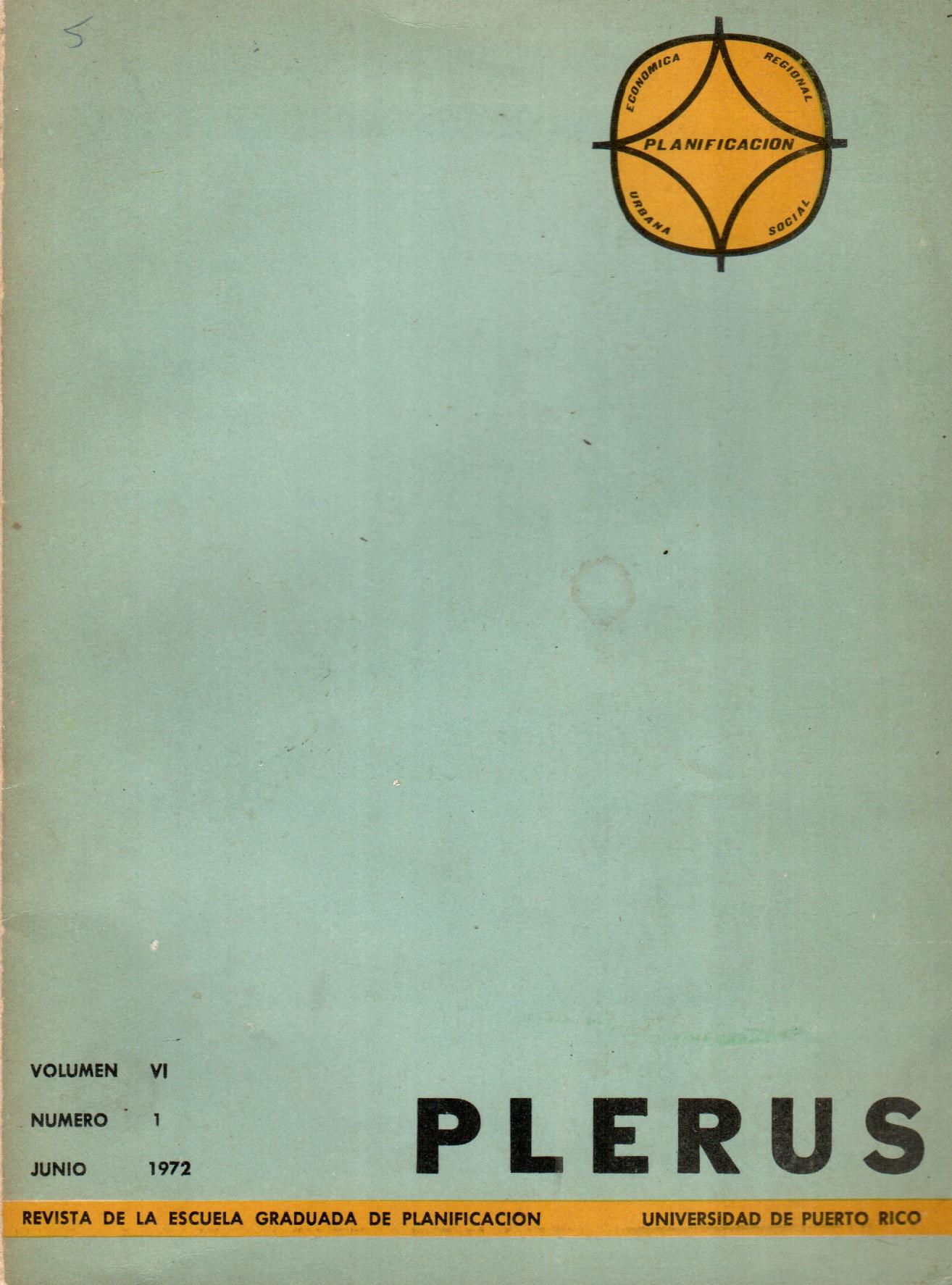Abstract
The main objective of this paper is to analyze the spatial distribution of population and income in Puerto Rico and to discuss its implications for the spatial distribution of the population spatial distribution of population and income in Puerto Rico and discuss its implications for planning. The motivation for this work arose from the concern that the theoretical foundations of regional planning, with its emphasis on large spaces and transportation costs, do not apply to the case of Puerto Rico. In general terms, regional planning has been oriented to the problems of segregated spatial systems, hence the emphasis on the delimitation and definition of regional boundaries. Puerto Rico, however, can be considered a highly integrated system, both because of its small size in geographic terms and the existence of an extensive internal communications network. In this type of system, spatial flows acquire greater importance. We are deeply concerned about the absence of spatial development policies in Puerto Rico and the fact that the little that has been done is based on assumptions that do not coincide with our reality. We do not intend in this paper to cover all aspects of the country's regional problem; it is only the first of what we hope will be a series of studies on urban-spatial development.

